
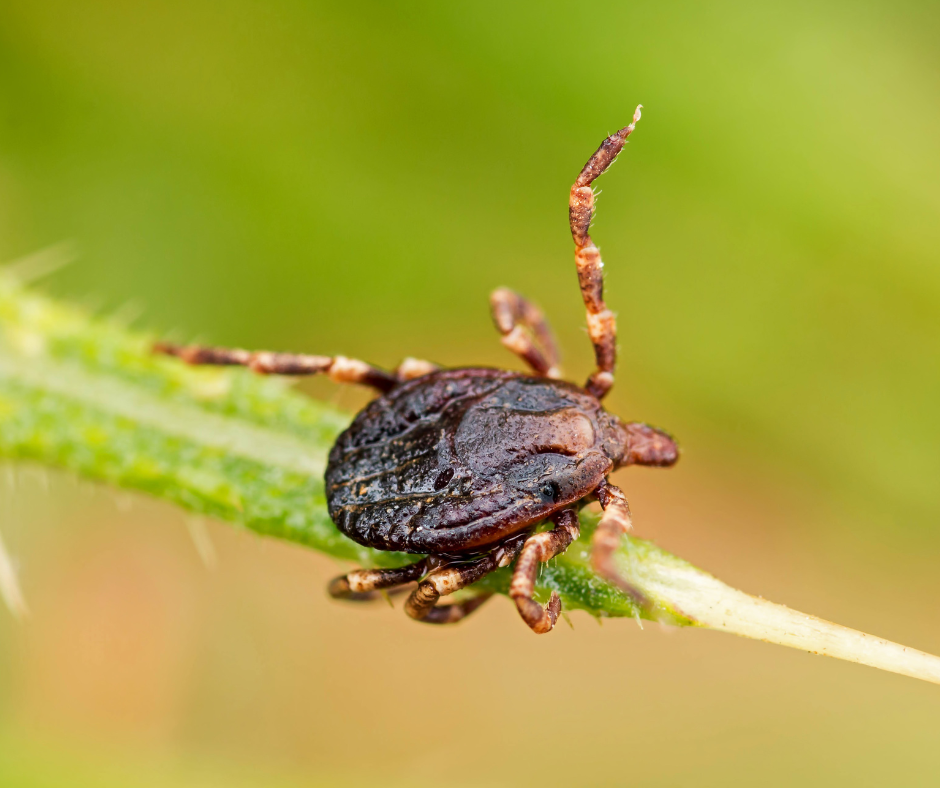
Ticks are no longer just a summertime nuisance. In recent years, they’ve become a growing, year-round threat across the United States, especially in the Northeast. While tick bites have always posed health risks, the connection between climate change and ticks is becoming impossible to ignore.
At ohDEER, our mission is to help families enjoy more time outside without the danger of tick-borne illnesses. We use All-Natural Tick Control solutions that are safe for kids, pets, and the planet. But staying protected starts with staying informed. Here’s what you need to know about ticks and climate change, and how to guard your loved ones from this evolving threat.
New data from the Centers for Disease Control and Prevention (CDC) confirms what many public health experts have feared: tick bites are on the rise, and climate patterns are a key factor.
In July, emergency room visits for tick bites reached their highest level since the CDC began tracking them in 2017. And it’s not just a fluke. Children under 10 and adults over 70 now represent the largest share of tick-related ER visits, likely due to increased time outdoors and weakened immune responses, respectively.
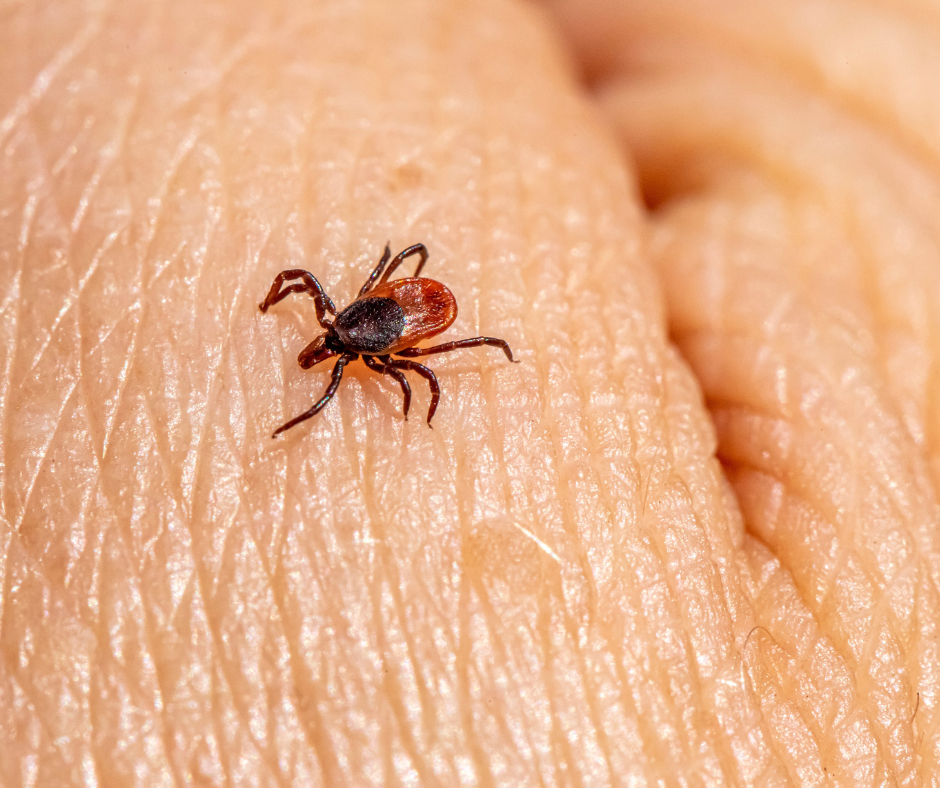
This isn’t simply a “bad tick year.” It’s part of a larger pattern driven by climate change, which is transforming tick behavior, habitat, and disease risk.
Historically, cold winters helped reduce tick activity by forcing them into dormancy. But with global temperatures steadily rising, ticks are staying active longer, re-emerging earlier in the spring and remaining active well into late fall. Ticks are active whenever the ground is unfrozen and the temperature is above 32 degrees Fahrenheit.
According to Andrew Lover, deputy director of the New England Center of Excellence in Vector-Borne Diseases: “The tick season is changing a lot in terms of the winters being less cold and potentially shorter. That really changes where people’s risk perception should be.”

This means that ticks now have more months per year to find hosts, including people, pets, and wildlife. The result is a longer exposure window, which increases the odds of bites, and of tick-borne diseases spreading faster and further.
The impact of ticks and climate change goes beyond longer seasons. Ticks are also becoming more dangerous, even in areas where tick populations aren’t exploding.
A large-scale study from Dartmouth College and researchers across five Northeastern states found that while deer tick populations have remained relatively stable in many places, the percentage of ticks carrying diseases has surged.
For example:
Even if tick numbers appear “normal,” the risk of infection from a single bite is significantly higher today than it was just a few years ago. Climate change is contributing to this by creating more favorable conditions for both ticks and the pathogens they carry.
The changing climate is also driving the migration of new tick species into areas where they were once rare or absent, bringing with them unfamiliar diseases and co-infection risks.
A research team from the University of Massachusetts Amherst discovered a previously unknown strain of spotted fever in rabbit ticks collected in a backyard in Maine. While these ticks rarely bite humans, the discovery underscores how new pathogens may be lurking and evolving in unexpected places.
Once limited to the Southeast, the Gulf Coast tick is now showing up in Connecticut, New York, and New Jersey. This species can transmit Rickettsia parkeri, a disease similar to Rocky Mountain spotted fever. Warmer temperatures and reforestation, both influenced by climate change, are enabling this tick’s range to expand.
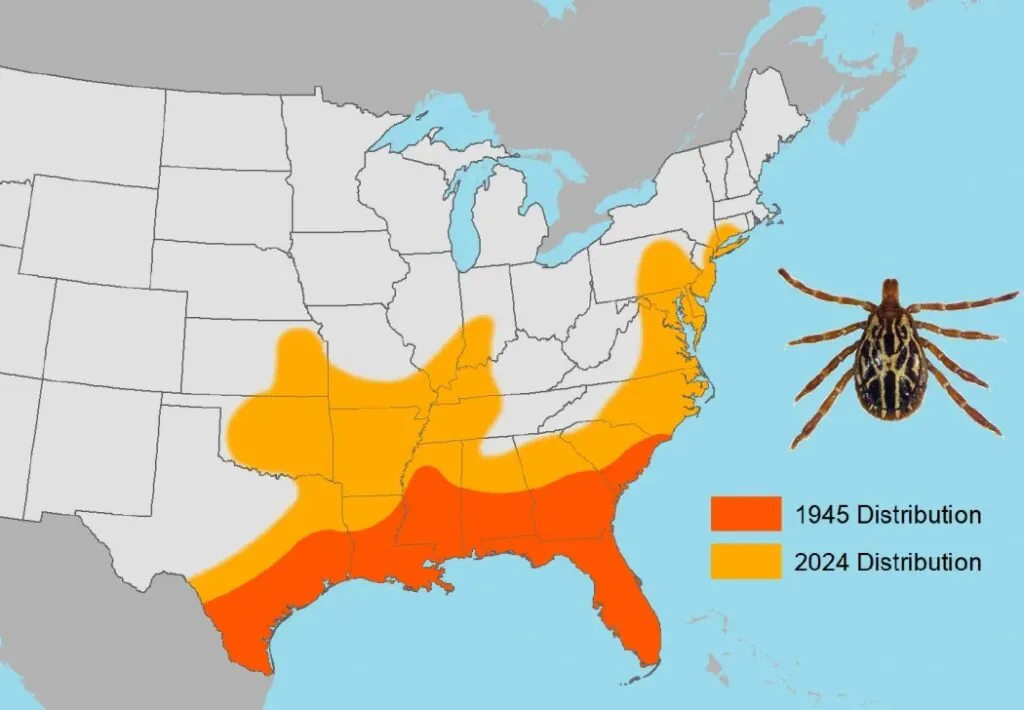
Babesia microti, the parasite responsible for babesiosis, used to be a Northeast-only problem. Now it’s being detected in Maryland, Delaware, and Virginia. In some cases, ticks carry both babesiosis and Lyme disease pathogens, making diagnosis and treatment even more complex.
With more tick species spreading, and the diseases they carry becoming more dangerous, proper tick identification and prevention are more important than ever. Unfortunately, many species, including the American dog tick and the Gulf Coast tick, look very similar, making DIY identification risky.
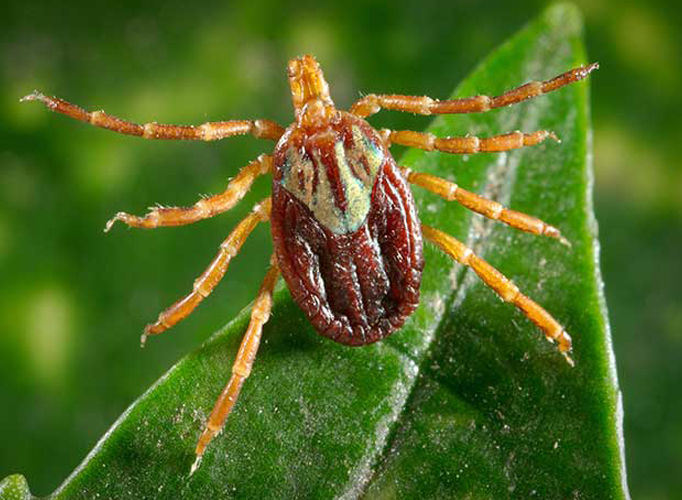
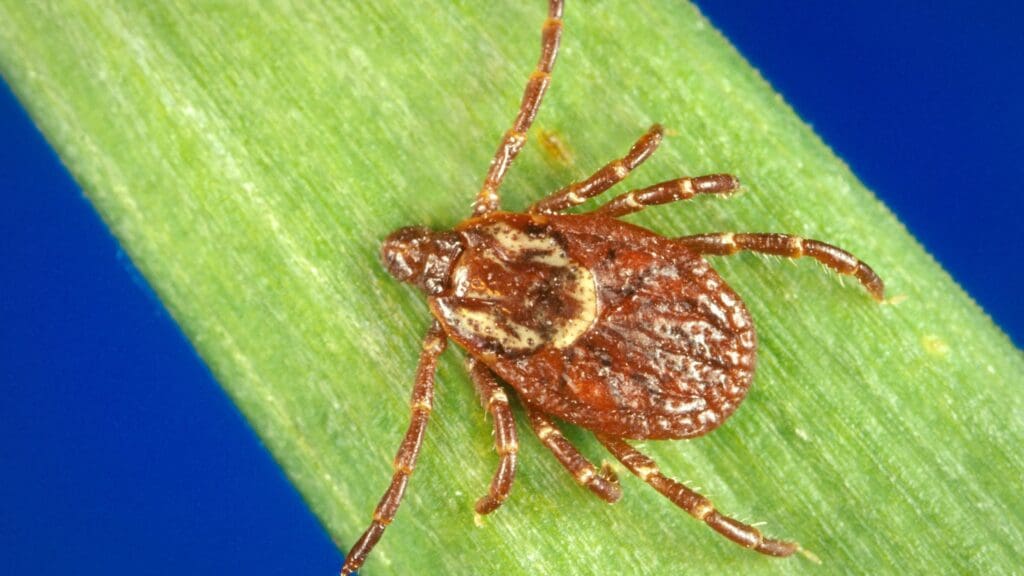
That’s where expert support comes in. At ohDEER, we specialize in professional, all-natural tick control, backed by real surveillance and education. Our local teams know the tick species and pathogen risks in your area, and we help families take action before bites happen.
As climate change reshapes our environment, we must also reshape our approach to tick prevention. Here are three ways to stay protected:
We offer safe, eco-friendly tick control treatments that don’t leave behind harmful pesticide residue. Monthly treatments throughout the extended tick season, from early spring to late fall, ensure continuous protection for your yard.
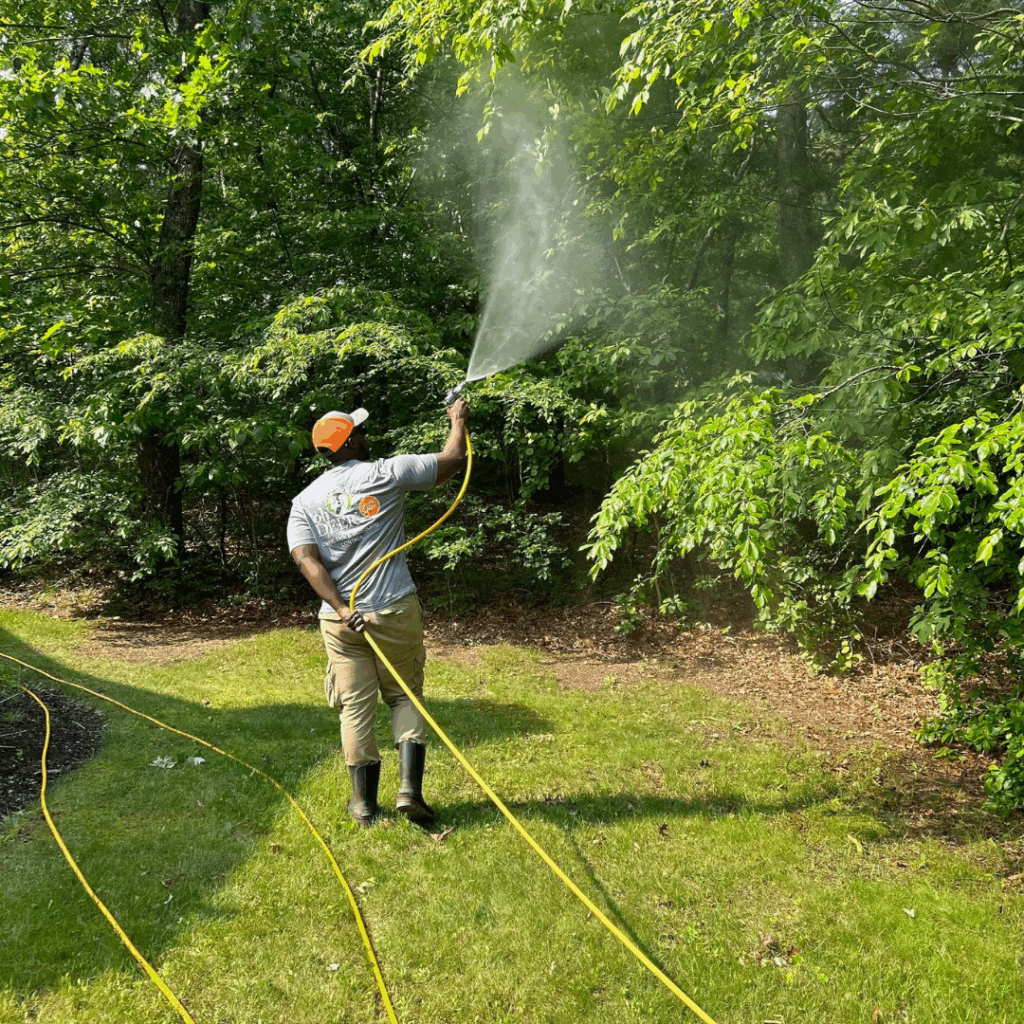


After time outdoors, especially in grassy or wooded areas, check yourself and others for ticks. Remember to also check your pets (dogs AND cats) for ticks, they can’t check themselves! Focus on warm, hidden areas like behind the knees, under arms, near the scalp, and around waistbands.
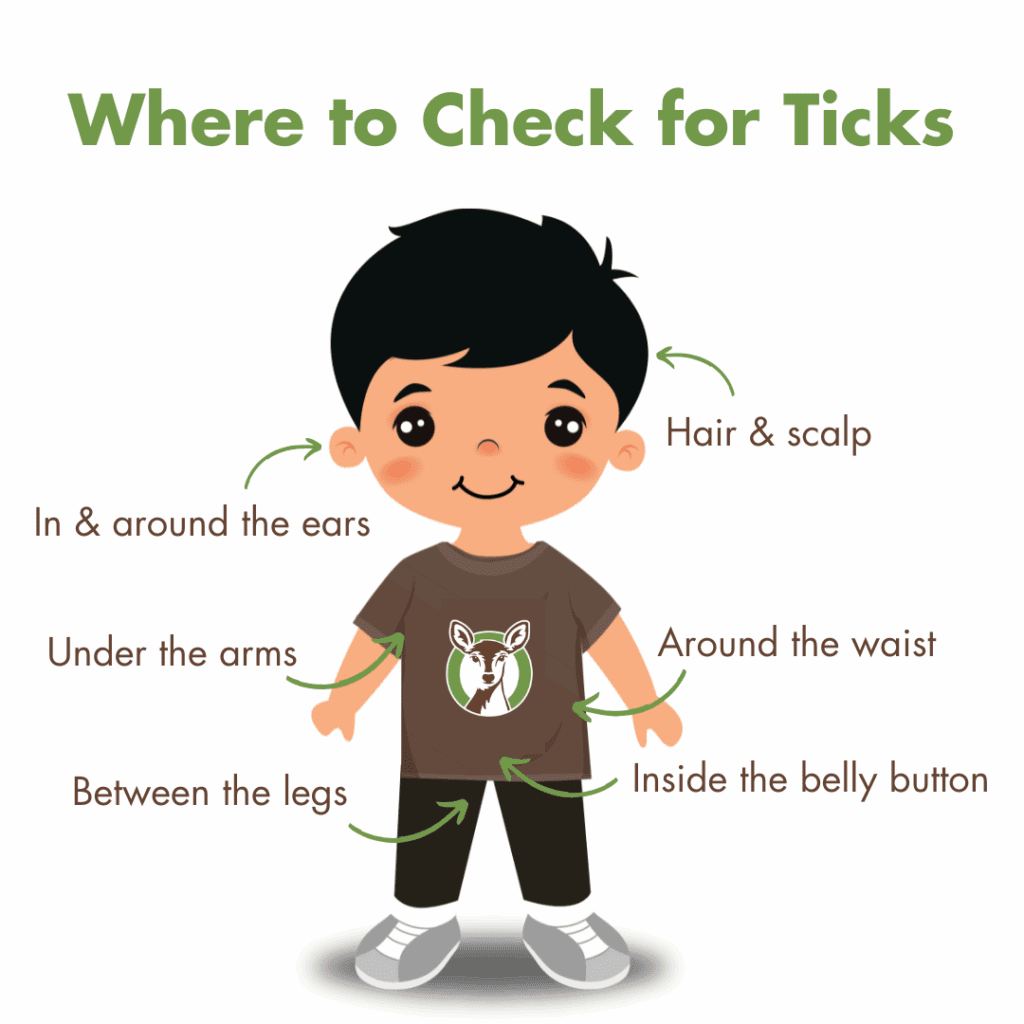
Ticks are expanding their range and adapting fast. Subscribe on LinkedIn to ohDEER’s Tick Talk newsletter or follow your local public health department for updates on tick activity, emerging diseases, and new prevention tips.
Climate change and ticks are now undeniably linked. As temperatures rise and ecosystems shift, tick season is getting longer, more dangerous, and more widespread. But with the right knowledge and support, you can still enjoy your yard without putting your family or pets at risk.
At ohDEER, we’re proud to offer All-Natural Tick Control solutions that protect your family without harming the environment or your family with chemical pesticides. Because everyone deserves to enjoy the outdoors, safely!
Schedule All-Natural Tick & Mosquito Control with your local ohDEER team today and take the first step toward a safer backyard as climate change and ticks continue to to threaten more areas, last longer each year, and carry greater risks to families and pets.